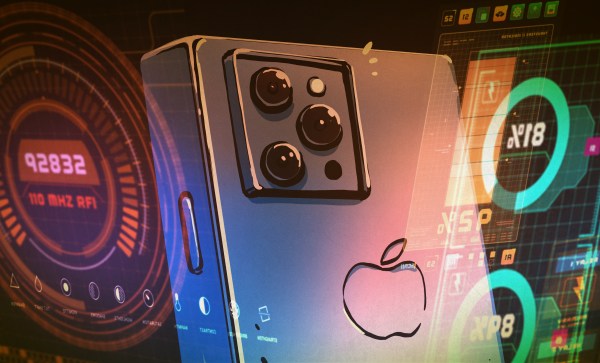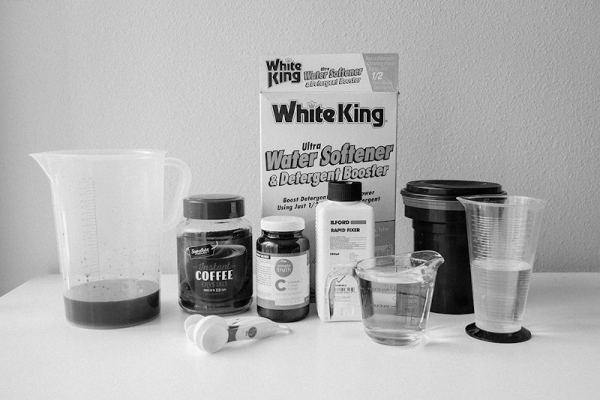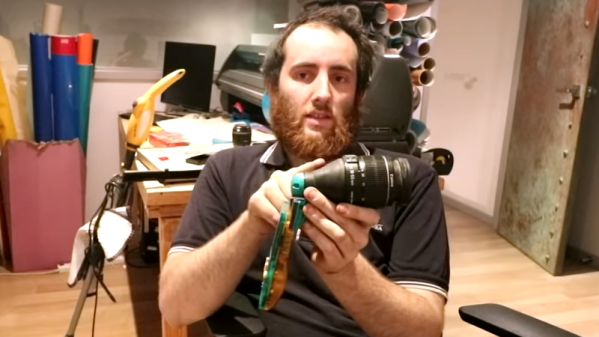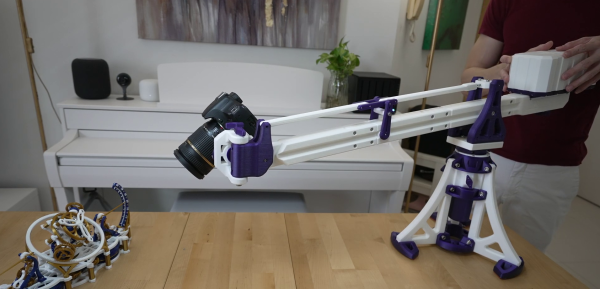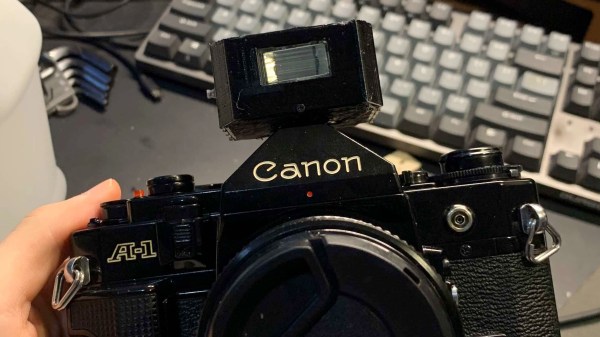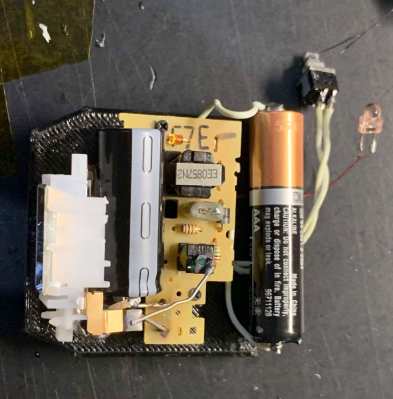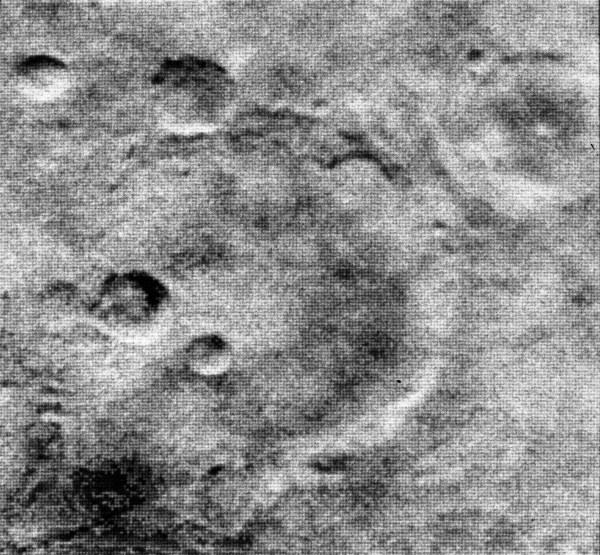What is a photograph? Technically and literally speaking, it’s a drawing (graph) of light (photo). Sentimentally speaking, it’s a moment in time, captured for all eternity, or until the medium itself rots away. Originally, these light-drawings were recorded on film that had to be developed with a chemical process, but are nowadays often captured by a digital image sensor and available for instant admiration. Anyone can take a photograph, but producing a good one requires some skill — knowing how to use the light and the camera in concert to capture an image.
Eye-Dynamic Range
The point of a camera is to preserve what the human eye sees in a single moment in space-time. This is difficult because eyes have what is described as high dynamic range. Our eyes can process many exposure levels in real time, which is why we can look at a bright sky and pick out details in the white fluffy clouds. But a camera lens can only deal with one exposure level at a time.
In the past, photographers would create high dynamic range images by taking multiple exposures of the same scene and stitching them together.Done just right, each element in the image looks as does in your mind’s eye. Done wrong, it robs the image of contrast and you end up with a murky surreal soup.

Continue reading “Is The IPhone Camera Too Smart? Or Not Smart Enough?”

